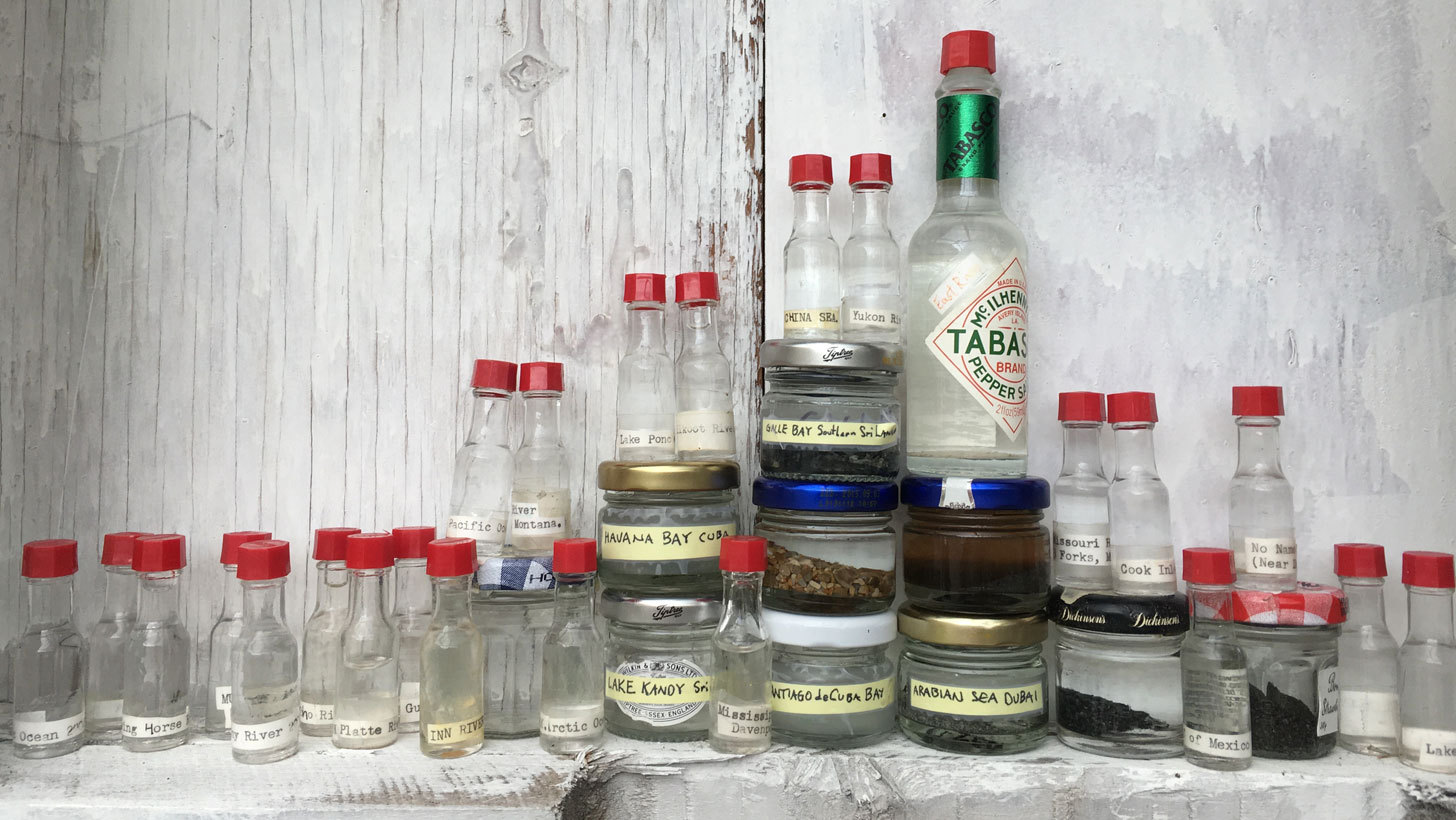Culture Shock: Ships Not At Sea
The Work Of Nyc Artist Alex Branch's Residency At Sanitary Tortilla Factory


Alex Branch
Latest Article|September 3, 2020|Free
::Making Grown Men Cry Since 1992


Alex Branch


